Do you suffer from chronic heartburn? You’re not alone; more than 60 million American adults experience heartburn symptoms at least once a month, and about 25 million American adults suffer from it on a daily basis.
What causes heartburn?
Heartburn occurs when the lower esophageal sphincter (LES) located between the esophagus and stomach is weakened or opens inappropriately. This malfunctioning allows acid and other stomach contents back into the esophagus, causing discomfort. Heartburn triggers include eating spicy or citrus-based foods, caffeine, and alcohol – all of which can overly relax the LES and cause reflux. Heartburn can also result from lying down too soon after a big meal, or wearing clothing that fits too tightly around the abdomen – both can cause pressure on the LES that can cause acids to back up into the esophagus.
Chronic heartburn (more than a few times a week) may indicate gastroesophageal reflux disease, or GERD. While most people can manage GERD with lifestyle changes and/or medication, there are cases when surgical intervention is necessary to control symptoms. And unresolved GERD can lead to more serious conditions like esophagitis, esophageal bleeding and/or ulcers, and Barrett’s Esophagus - and could even put you at risk of developing esophageal cancer.
If your physician feels a closer look at your esophageal function is warranted, or if s/he is considering surgery, you may be prescribed an outpatient procedure called Esophageal Manometry
How does Esophageal Manometry work?
Esophageal Manometry measures the strength and muscle coordination of your esophagus when you swallow; it can also evaluate how effectively the LES is able to keep acids from backing up into the esophagus.
During the manometry test, a thin, pressure-sensitive tube is passed through the nose, along the back of the throat, down the esophagus, and into the stomach. The tube does not interfere with breathing and produces minimal discomfort, so there’s no need for sedation during this procedure. It normally lasts about 30-40 minutes.
Once the tube is in place, you are asked to swallow at certain times, sometimes with water, so that the manometry machine can measure and record esophageal contractions and evaluate how effectively the LES functions. Once enough information is recorded, the tube is very slowly and gently removed.
The benefits of this procedure are significant. Not only can it provide more in-depth diagnostic material to facilitate a more effective treatment plan, but it can also rule out certain causes of GERD that surgery would not help.
Questions? We’re happy to help. Call us to schedule your consultation today at 508.746.8977.

